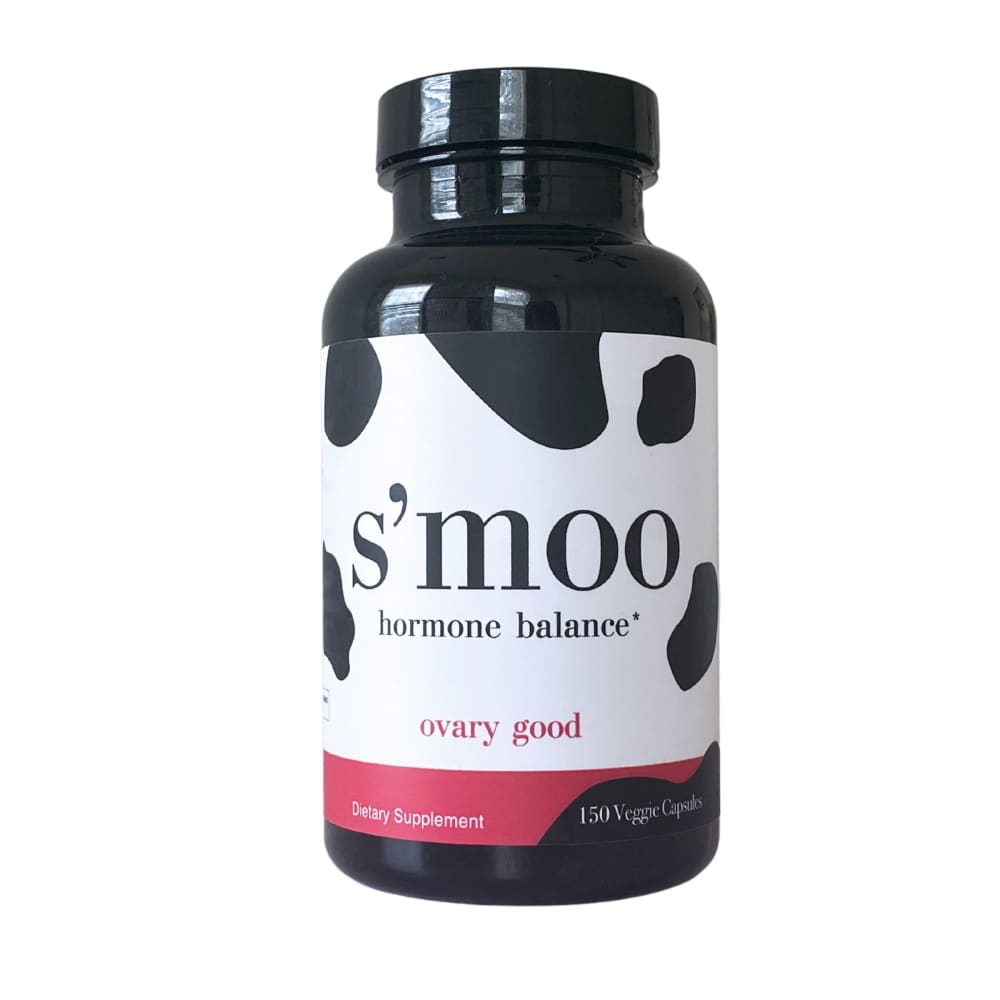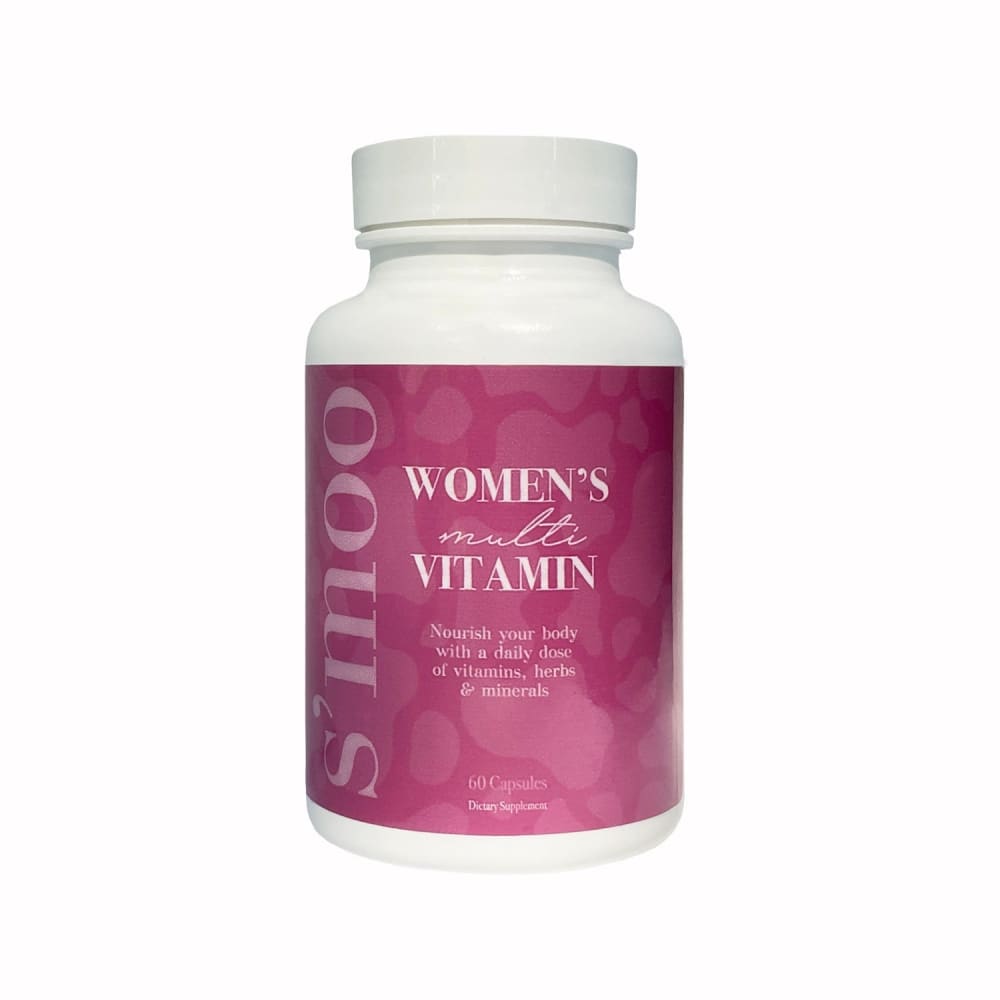Types of Vaginal Discharge: What do they really mean?
The stains on your underwear are of vaginal discharge and, you know they are normal. The color, consistency, and texture of vaginal discharge may vary from woman to woman. In healthy conditions, they are transparent and white. However, this white liquid changes its color and state into yellowish solid when it dries up.
It is worth noting here that your vaginal discharge is normal if it:
- Doesn’t cause burning or itching
- Is odorless or has a light salty odor
In any case, if your vaginal discharge has different symptoms, consulting your health professional is important. Not only will he/she help you understand the right cause of irregular vaginal discharge, but also recommend healthy diet plans to promote hormone health.
Here we have rounded up some more details to help you understand the science behind vaginal discharge.
Composition of Vaginal Discharge
Vagina needs a viscous layer to stay moist and healthy. When you look at the basic anatomy of vagina, you see it has:
- Mucous that is secreted by endometrium and cervical
- The fluid present in the blood vessels supplying blood to reproductive organs
- Fluid secreted by vulvar vestibule’s glands
- Cervix and vaginal epithelium’s dead cells
- Bacteria present in the vagina to maintain the PH level
In short, the vaginal discharge is a combination of several fluids and mixture and is a natural process.
Types of Vaginal Discharge
Let’s see what different types of vaginal discharge tell you about your vaginal health.
· Liquidly White Discharge
Every woman has different ovulation time. When your vagina discharges liquidly white fluid, it is a sign that your ovulation process is about to begin. Not only this, the white discharge has a perfect consistency that helps sperms to enter the cervix and start the fertilization process.
Interestingly, if your vaginal discharge stretches for a long time between your fingertips, it contains the best fertility quality.
· Creamy Discharge
Creamy discharge is not much different from liquidly white discharge an often precedes fertile discharges. You may observe it before, or after ovulation time, or before your period’s due date. By tracking your cervical mucus discharge, you can have planned a sexual activity to conceive.
· Sticky Discharge
Sticky discharge is another type of cervical mucus that secretes during the luteal phase. The sticky fluid may get dry after periods. That phrase is usually called dry days.
Right Amount of Vaginal Discharge
A healthy female produces approximately 1-4 ml of vaginal discharge a day. This amount can vary in women, depending on their vaginal health and diet. It often increases due to pregnancy, ovulation, and intake of oral contraceptive.
Final Thoughts
Overall, vaginal discharge is a normal body activity. It has different types that can be distinguished based on flow and consistency. If your discharge of cervical mucus is unusual, or it is causing you pain, itching, or odor, it is important to discuss with your doctor.
If you just need someone to talk with, join our FREE S'moo Community of women. This is a safe place to talk about our bodies, ask questions and make friends.










